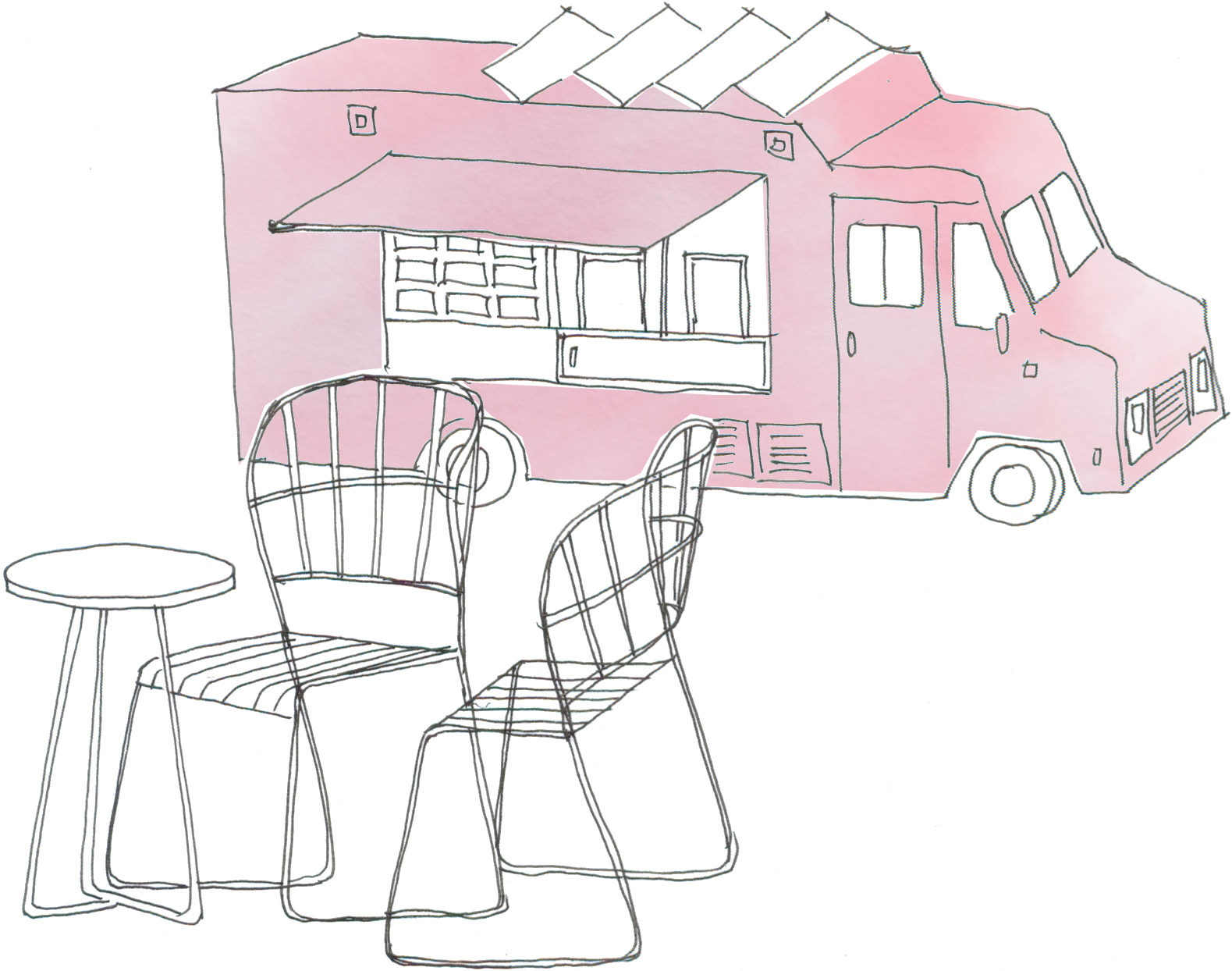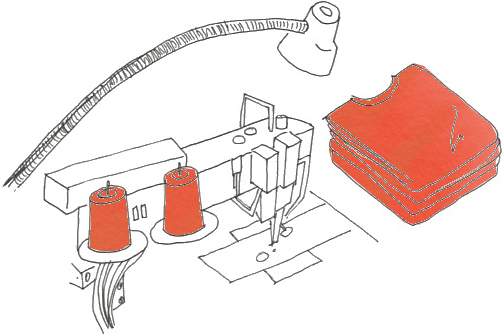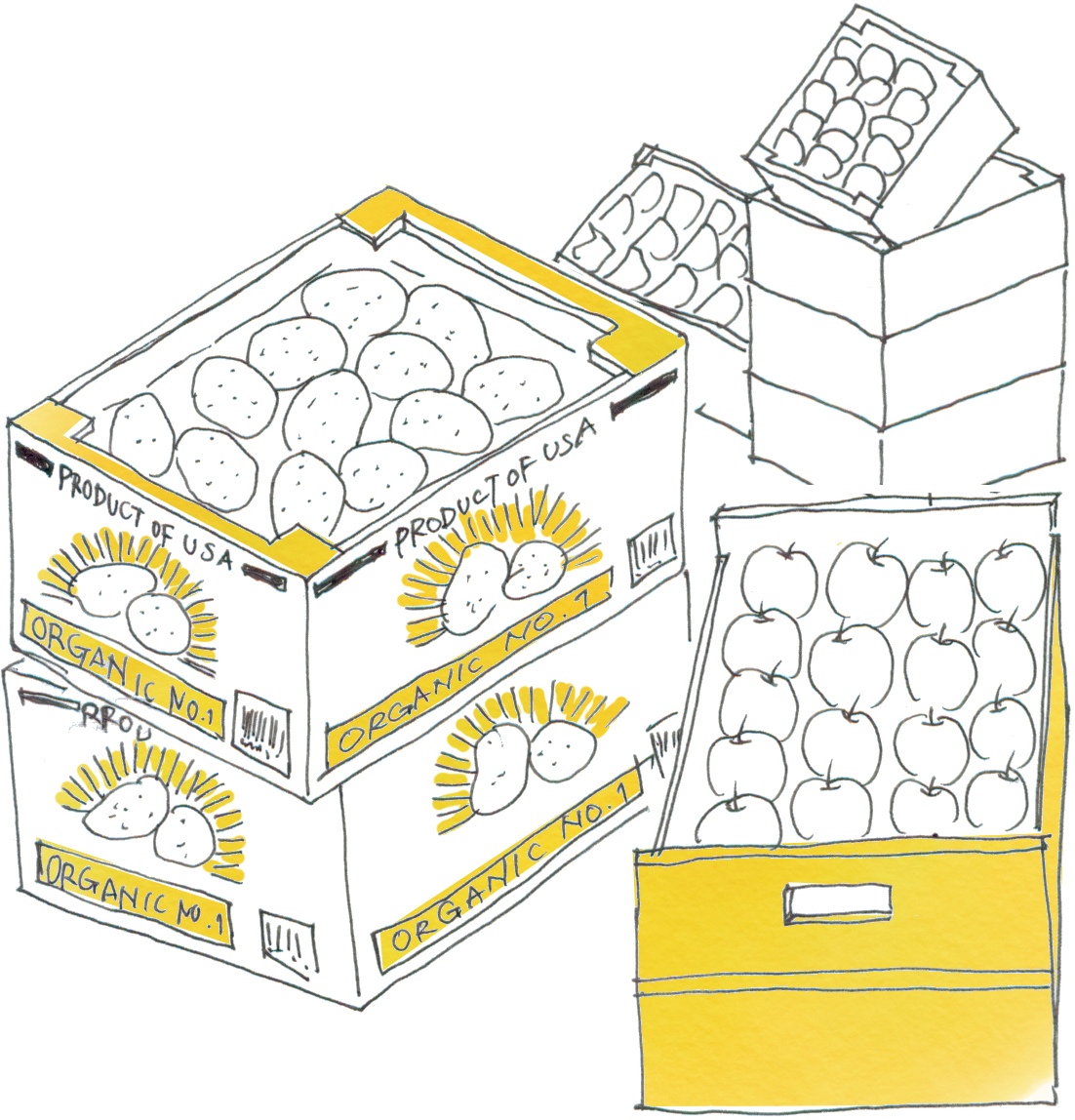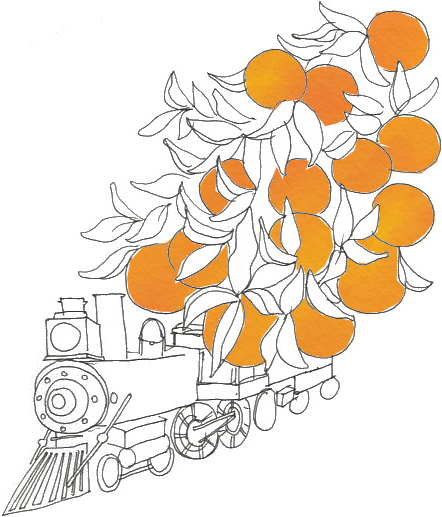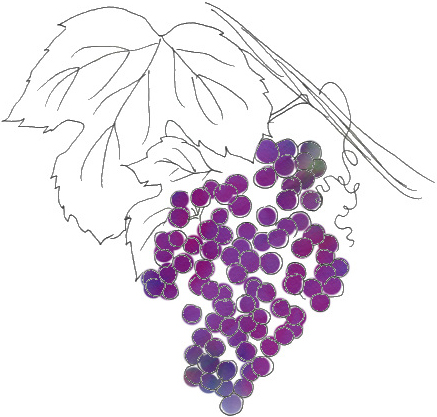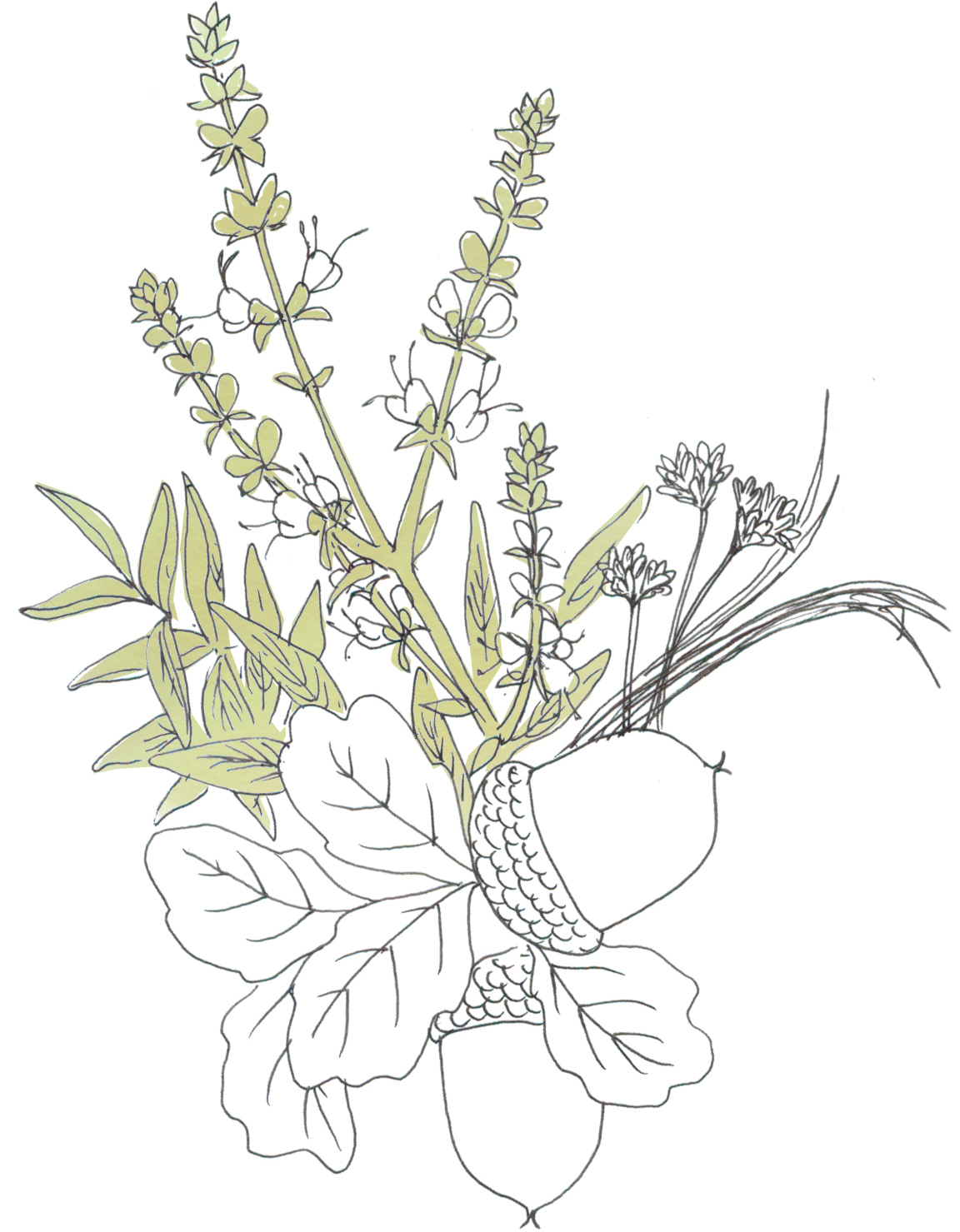


1833
Spanish Missions and the First Vineyards
In 1771, the Spanish Missionaries became the first to plant crops in the Los Angeles basin, transforming the landscape into farmland. Using a native workforce, they built open irrigation ditches from the river known as the zanjas.
The whole town pitched in for the construction of the first zanja, known as the Zanja Madre, soon after the founding of the Los Angeles. To make the ditches, the town first formed a dam at what is now the site of the Broadway Bridge. They dug the zanja along the center of town, in the original location of the town plaza. After the Zanja Madre was constructed, farmers dug their own irrigation ditches to their fields. They crafted stop gates to control the ebb and flow of this water, and eventually sub-systems of secondary dams and irrigation ditches criss-crossed the land. This irrigation infrastructure gave the new residents the ability to cultivate wheat, corn, barley, the first orange groves, kitchen gardens and even hemp, the raw ingredient for ropes so crucial for Spanish ships.

Orchards also had their roots at the San Gabriel Mission, where wild grape vines, known as the Mission Grape were planted to produce Sacramental wine. These early gardens were a “ testing ground and incubator for what would one day become massive agricultural industries” (27 Cows to Concrete).
While Spain was in control of the region, Mexican citizens were not allowed to own land outright. This left much of the control of land, and therefore agriculture, in the hands of the Missions. In 1821, Mexico gained independence from Spain, ending Spain’s—and therefore the Missions’—total control over the land. This sparked the proliferation of the Mexican Ranchos, which soon came to dominate the landscape. Soon, longhorn cattle grazed in areas surrounding the Pueblo, while demand enabled ever larger fields of crops to thrive.
It was in this context that the French immigrant and pioneer winemaker Jean-Louis Vignes entered the scene, and planted 104 acres of Cabernet and Sauvignon Blanc vines imported from France near the sacred giant sycamore tree known as El Aliso. The El Aliso Winery was officially established in 1834, and was one of the first and certainly the largest producer of commercial wines in California. Eventually, vineyard disease and then prohibition slowed the wine industry on the site. After a 22-year run on the site, the vineyard was sold. It was later sold again, renamed, and moved north, where production continues to this day.
While Spain was in control of the region, Mexican citizens were not allowed to own land outright. This left much of the control of land, and therefore agriculture, in the hands of the Missions. In 1821, Mexico gained independence from Spain, ending Spain’s—and therefore the Missions’—total control over the land. This sparked the proliferation of the Mexican Ranchos, which soon came to dominate the landscape. Soon, longhorn cattle grazed in areas surrounding the Pueblo, while demand enabled ever larger fields of crops to thrive.
It was in this context that the French immigrant and pioneer winemaker Jean-Louis Vignes entered the scene, and planted 104 acres of Cabernet and Sauvignon Blanc vines imported from France near the sacred giant sycamore tree known as El Aliso. The El Aliso Winery was officially established in 1834, and was one of the first and certainly the largest producer of commercial wines in California. Eventually, vineyard disease and then prohibition slowed the wine industry on the site. After a 22-year run on the site, the vineyard was sold. It was later sold again, renamed, and moved north, where production continues to this day.
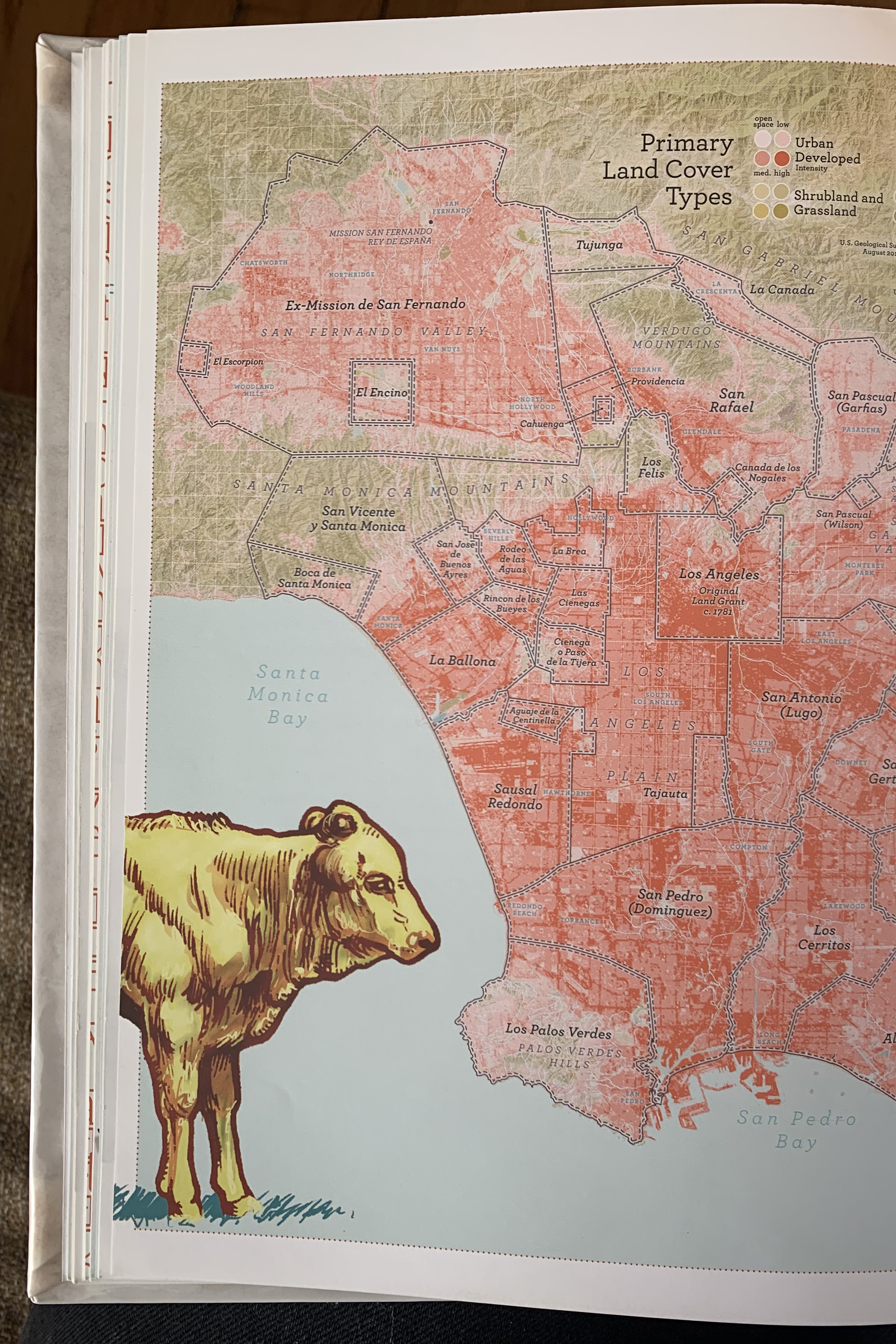


After crossing the river we entered a large vineyard or wild grapes and an affinity of rosebushes in full bloom. All the soil is black and loamy, and is capable of producing every kind of grain and fruit which may be planted...This plain is where the river runs is very extensive. It has good land for planting all kinds of grains and seeds, and it is the most suitable site of all that we have seen in a mission, for it has all the requisites for a large settlement.
-1769 Father Juan Crespi, a Spanish explorer who settled in Los Angeles along the river, known then as El Rio De Nuestra Senoria La Rayna de Los Angeles de Porciuncula
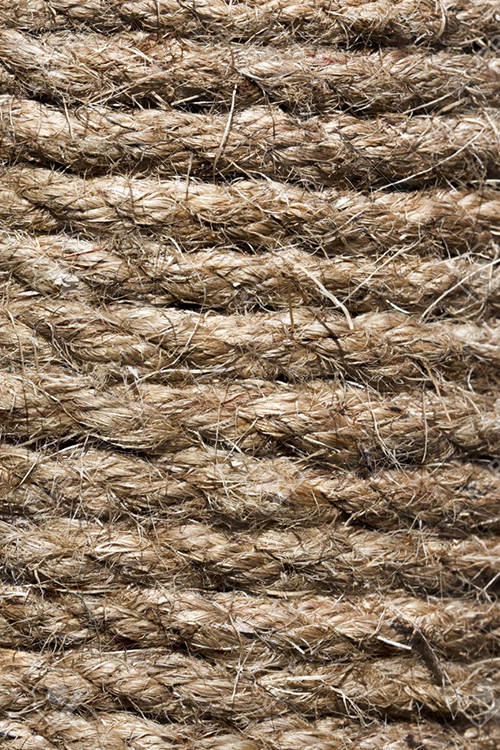 Hemp Rope
Hemp Rope 
Mud

Fermenting Grapes
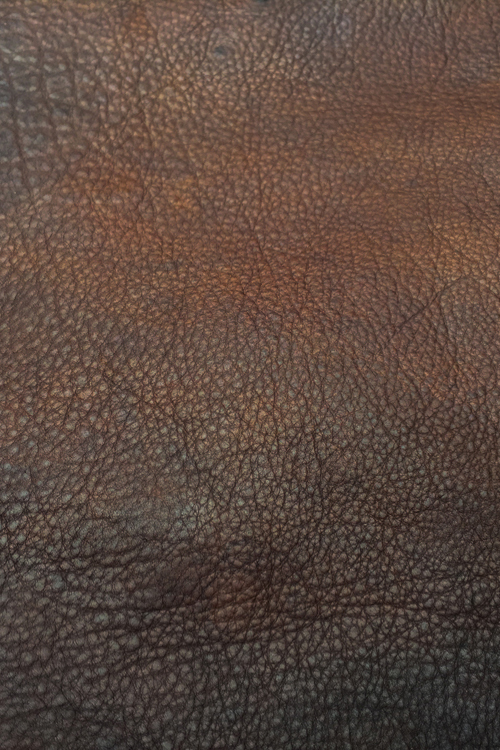
Leather
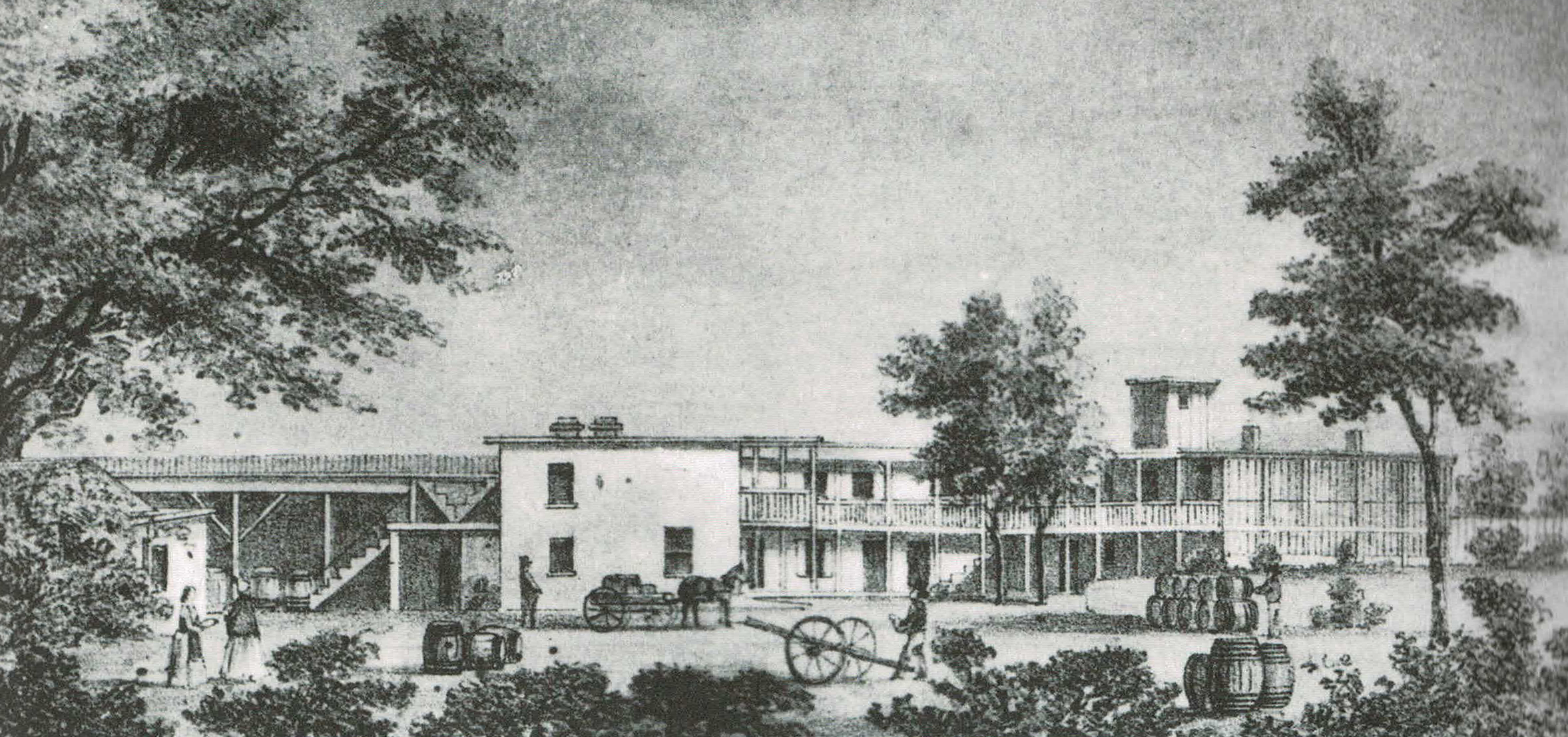
Workshop
1833
This workshop took place on June 11th at the Institute of Art and Olfaction. We were joined by vintner and City Archivist Michael Holland.
Micheal brought history to life last year by identifying and producing wine from the original “Vina Madre” vines that grew downtown. He has an incredible knowledge of the site’s history, and also of winemaking.
In this session, Saskia unpacked the potential scents of a vineyard- fermentation, grapes, prunes, earth, stem and leaf- and after much back and forth, we added actual wine into the scent (which we conveniently had on hand). This vital addition made the difference in our scent.
Micheal very generously offered to bring by a sample of his “Vina Madre” wine to use in the final scent- which will be on display at LA Design Week!
Micheal brought history to life last year by identifying and producing wine from the original “Vina Madre” vines that grew downtown. He has an incredible knowledge of the site’s history, and also of winemaking.
In this session, Saskia unpacked the potential scents of a vineyard- fermentation, grapes, prunes, earth, stem and leaf- and after much back and forth, we added actual wine into the scent (which we conveniently had on hand). This vital addition made the difference in our scent.
Micheal very generously offered to bring by a sample of his “Vina Madre” wine to use in the final scent- which will be on display at LA Design Week!



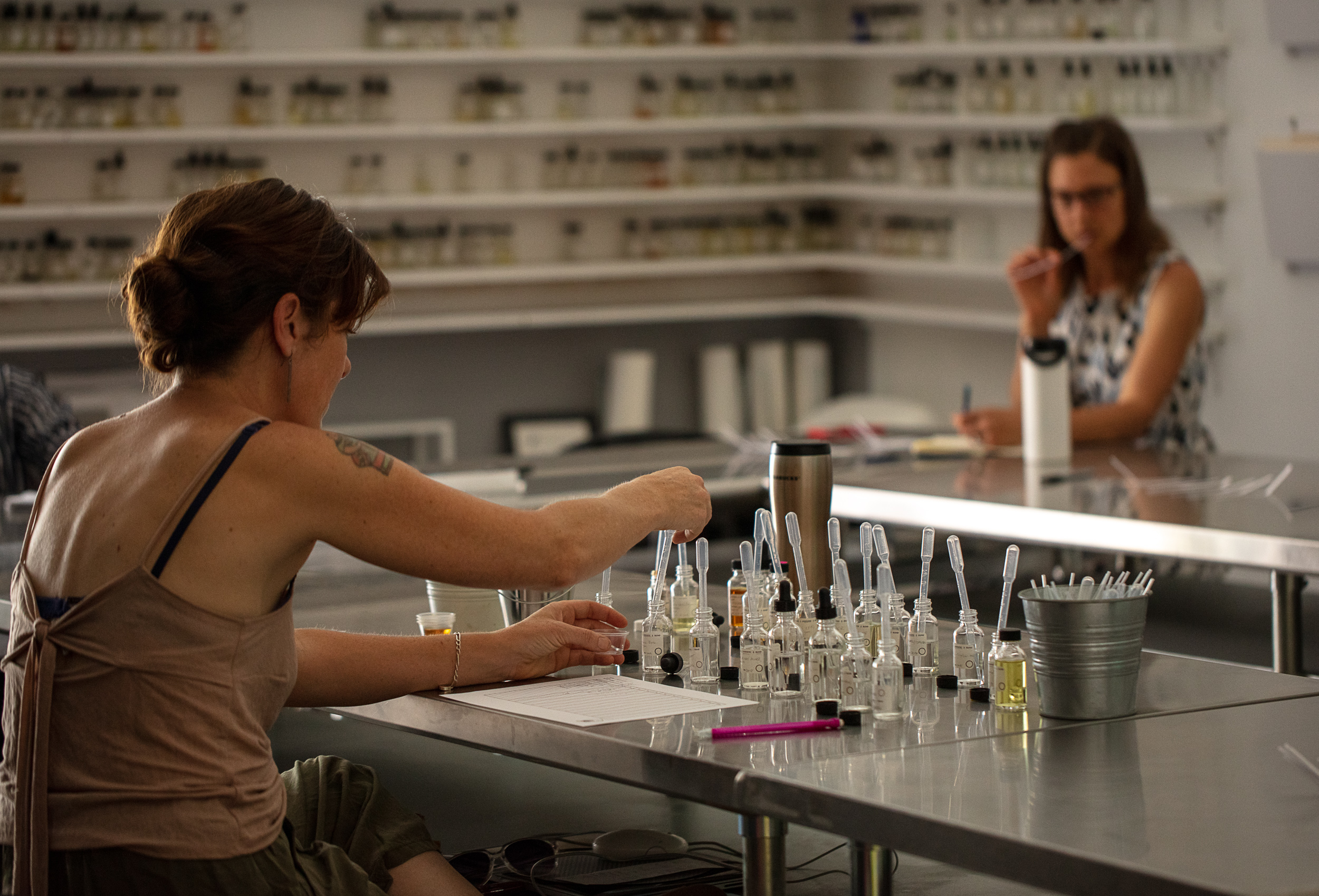

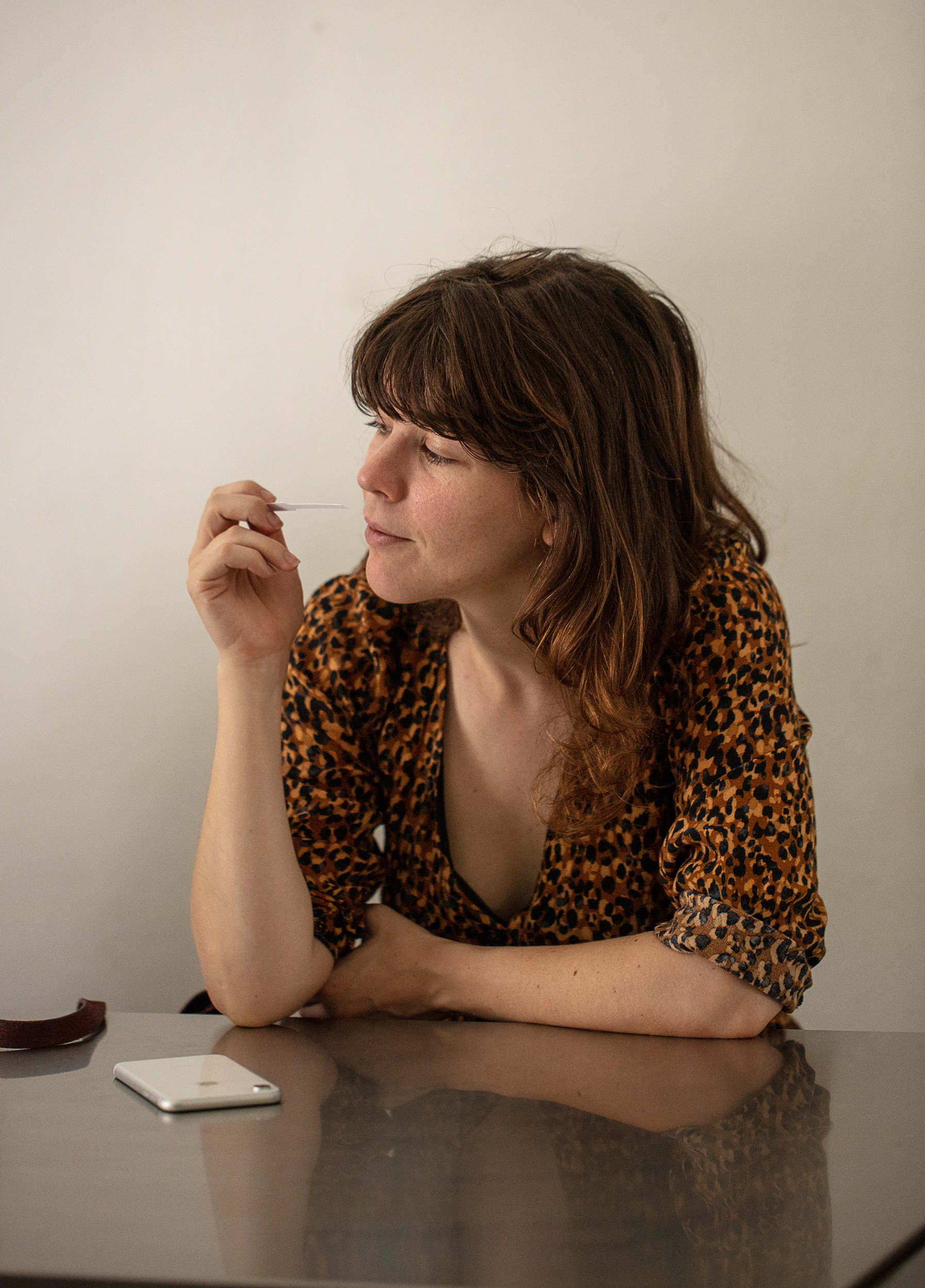
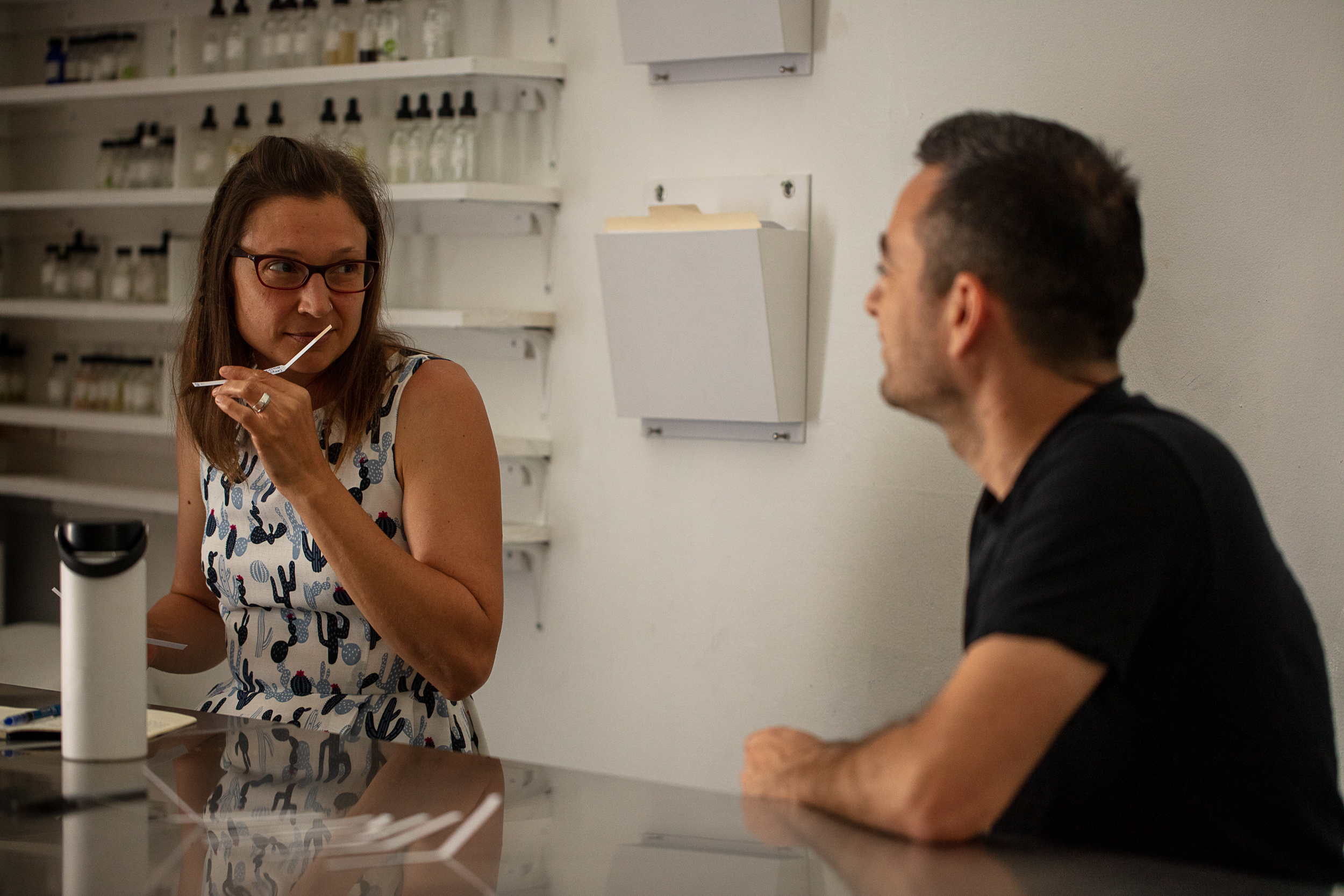

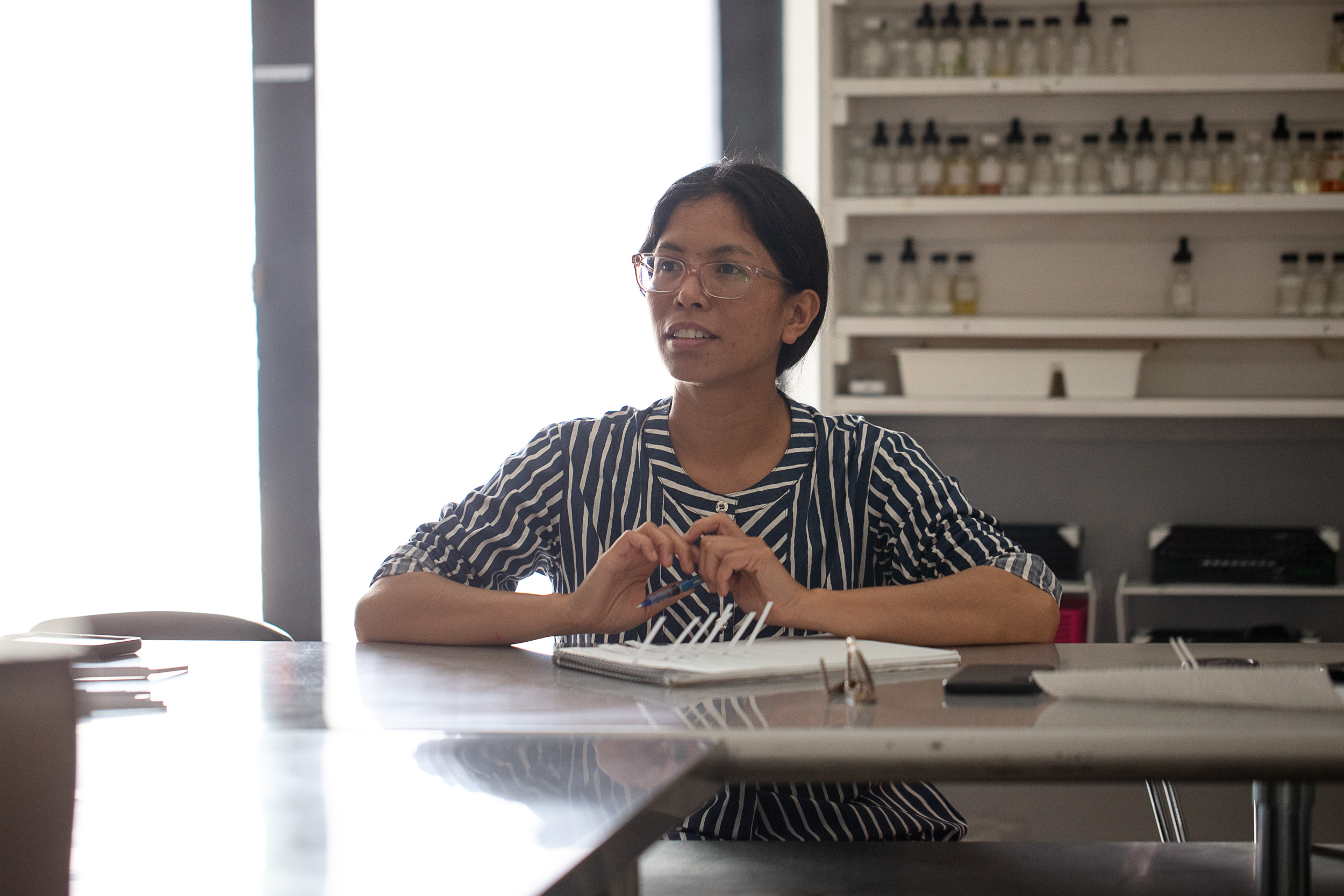
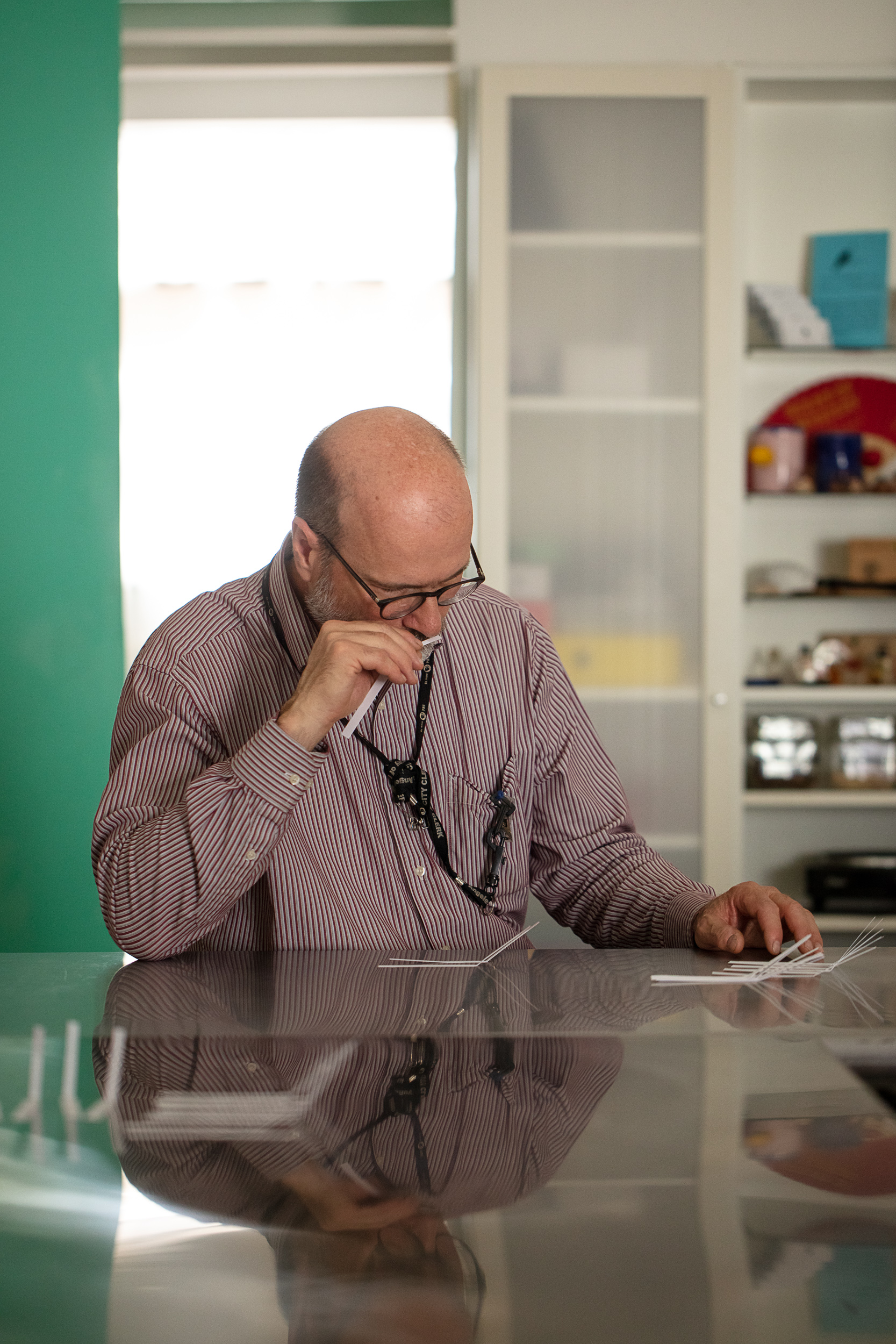
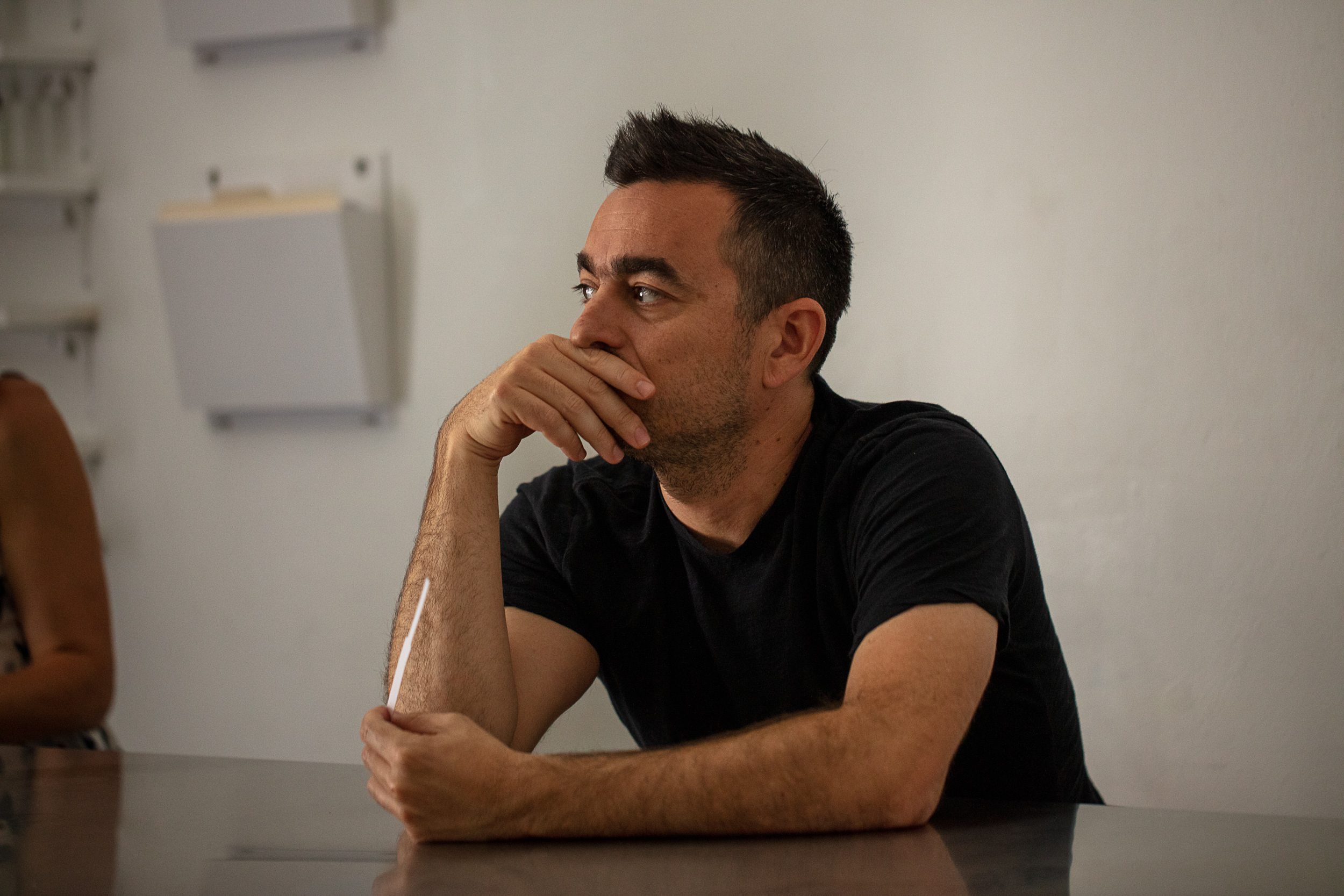


A huge thank you to vintner and City Archivist Michael Holland, who guided us through this period of history and also the process of winemaking. We could never have produced this scent without his insight (and a splash of that historic wine!)

